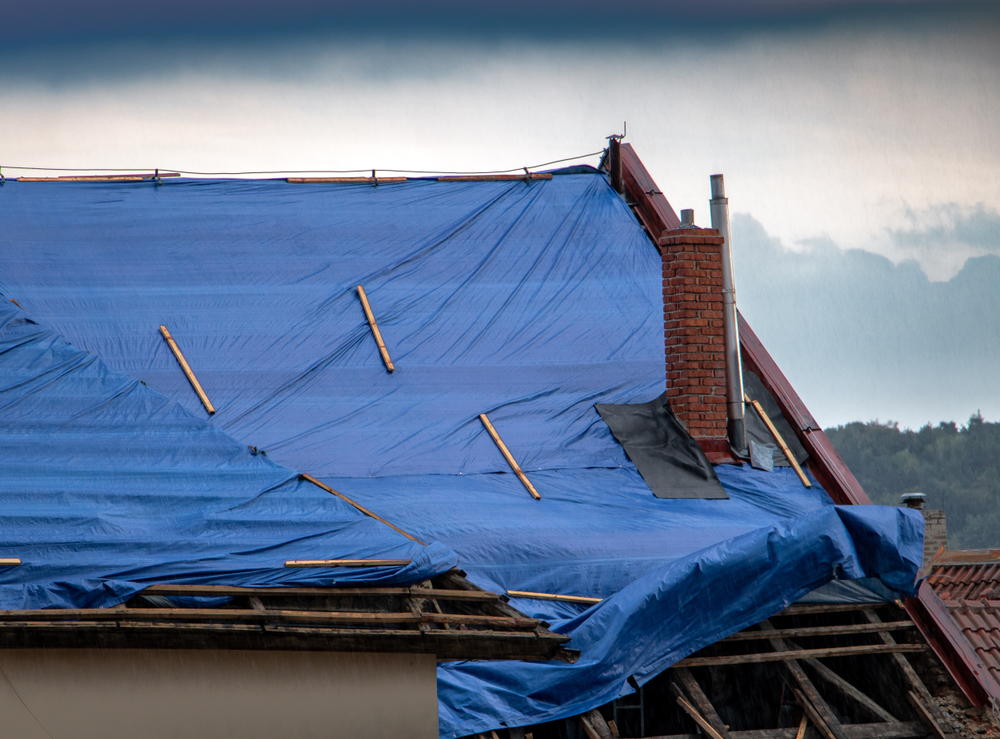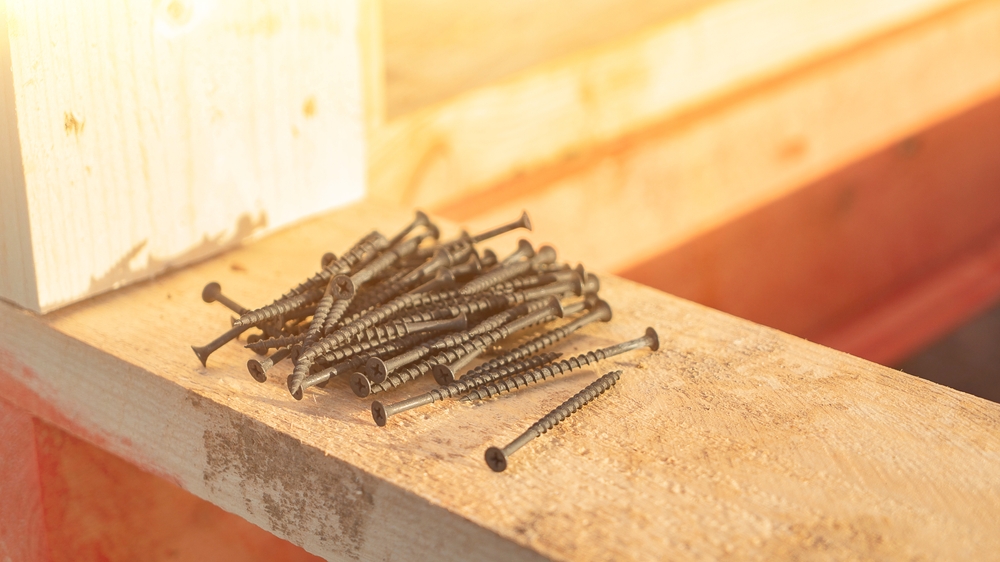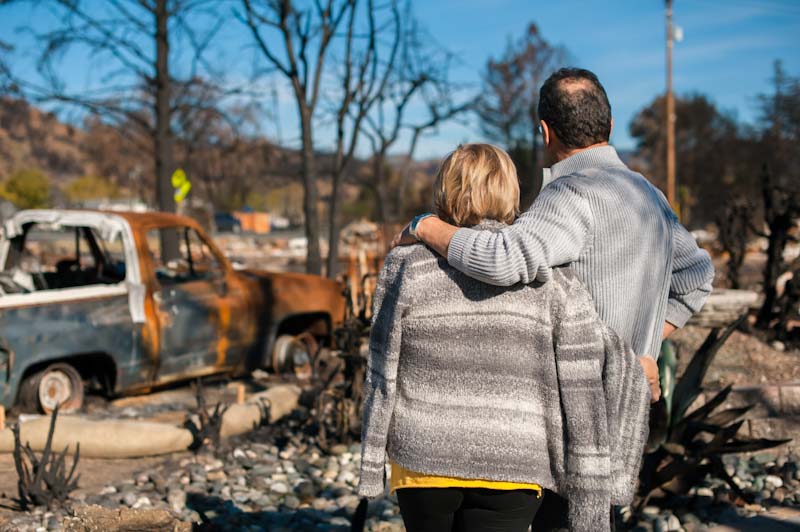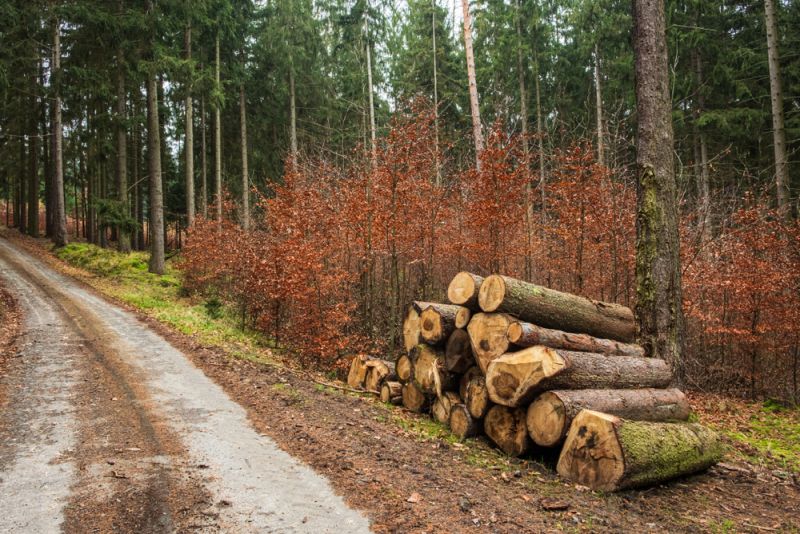No matter how long one has been prepping, it seems there is always something else to add to their stockpile. There’s really no such thing as reaching the end of stockpiling, as we are always learning new things and finding new concerns. Each disaster shows us new aspects of what can happen, allowing us the opportunity to compare what we learn from that disaster to our existing plans and preparations. Often, if we do a good analysis of the disaster, we’ll find equipment or supplies to add to what we already have.
Such was the case of COVID. I had prepared for a pandemic back when the Ebola outbreak of 2014 ravished northwest Africa. But it turned out that I hadn’t prepared enough, as my stock of masks, hand sanitizer, and disinfectants were used up long before the pandemic ran out.
Another such area that I’ve found, which most preppers ignore, is the area of repair parts. Everything we use for survival is subject to breaking, and we can’t count on being able to order another one from Amazon.com or pick one up at our local hardware store. There’s a good chance that the stores won’t be open in the wake of a disaster, and delivery will be an iffy thing at best.
This leaves us with the option of doing without, making something else do that task, or repairing what we have. There are those who say, “two is one, and one is none, counting on having spares for everything. While an acceptable solution, that’s a rather expensive option to consider. Buying two of something cheap ends up being worse than one of something good that will last. Then there’s the problem that some things can’t just be replaced with something else, making the repair option the most valuable of those three options.
Of course, repairing anything requires two things: the parts to repair it with and the know-how. I’ve found that lots of preppers are the do-it-yourselfer type. That’s fortunate for them, as it makes the idea of repairing things much more realistic. For those who aren’t, might I suggest becoming a do-it-yourselfer so as to learn how to build and fix things yourself? You can find videos on how to do just about anything online, but those same videos might not be available after a disaster.
No matter how good you are, though, you’ve got to have the parts and materials to work with. That means stockpiling them now, along with everything else you need to stockpile. The good news is that having these parts and materials on-hand not only will help you in a post-disaster scenario, but they can help you every day, dealing with things that break or need to be modified for your family’s use.
Emergency Home Repairs
The first area we need to consider is making emergency repairs to the home. With most preppers planning on bugging in, the home is their shelter. There are many sorts of disasters, especially natural disasters, which can damage our homes if we are caught by them. Some can even totally level our homes. There’s not much we can do about that; but if a hurricane drops a tree limb on the roof, we can probably make emergency repairs which will make it possible to continue living in the home, using it for shelter, even if it is necessary to temporarily abandon one room of the house.
Keep in mind that by emergency repairs, I’m basically talking about drying in your home in order to keep the weather out. When we’re in survival mode, the niceties of paint and trim don’t really matter. Those can wait for more permanent repairs once things have gotten back to normal.

- 2”x 4”s – The most basic structural element in a home. While there are other dimensions of wood used, especially in floors, pretty much any emergency structural repair can be made with 2”x 4’s. The normal stud length is probably long enough.
- 1”x 4”s – Half the thickness of a 2”x 4”, these are used in places where structural strength is not required. That makes them about the most common wood, other than plywood, for do-it-yourself projects of all types.
- Plywood – ¾” thick plywood is used for subfloors, and ½” to 5/8” is used for roof and wall sheathing. So, in our hypothetical situation of a tree falling through the roof, plywood will probably be needed to reskin the roof after the tree has been removed. It might also be needed to cover a hole in the floor or wall.
- Blue plastic tarps – You’ve probably seen neighborhoods where the roofs of houses were covered with these tarps in the wake of a hailstorm. They work great to keep the house dry when shingles have been damaged. Just makes sure that the top end of the tarp goes over the roof peak, so that water can’t run over it.
- Drywall shims or lath – The one problem with those tarps is that nails and screws will pull right through them when the wind starts whipping the tarp around. The solution to that problem is to put the screws or nails through something, like strips of cardboard shim or wood, to spread the clamping force out and give the fasteners a larger head.
- Visqueen plastic sheeting – Clear plastic sheeting, in rolls, which contractors use for temporarily covering windows and doorways. Buy the heaviest you can find. It can be used to cover windows that are broken, allowing light in while keeping the rain out.
- Plumbing caps & adhesive- Some sorts of disasters, like earthquakes, can cause plumbing pipes to break. It’s common in those cases for the municipal water authority to shut the water off. They won’t allow it to be turned back on until all breaks have been capped. Be sure to buy both ½” and ¾” sizes, just in case.
- Nails and screws – Regardless of the repairs you have to make, you’re probably going to need fasteners to hold things together. A good assortment is useful around the house anyway; just make sure there’s still plenty available when it’s time to make emergency repairs.
- Assorted sizes of metal angle and T brackets – Great for connecting things together when you don’t want to take the time to make half-lap or mortise and tenon joints.
Equipment Repairs
With the house out of the way, we can turn our attention to everything else. By that, I mean everything we would use to meet our survival needs. All those gadgets and equipment are subject to breaking, often at absolutely the worst time. Granted, there are some we can just do without; but that doesn’t apply to all of them.
Often, the trick to fixing those things boils down to ingenuity and creativity. You might not have the right parts or the ability to weld something that’s broken. With that being the case, is there something else that you can do to make it functional? Remember, functional doesn’t mean pretty, nor does it mean making it look like it did when it came out of the factory. Using epoxy and hose clamps to attach a steel bar to some broken tool may get the tool back in battery, even if it does look like something that is going to fall apart at any moment.
On the other hand, there are things where the exact right part is needed, as it can’t be jury-rigged. If you need an O-ring seal, you probably can’t replace it with caulking. In the case of things like that, you have to make sure you buy the necessary repair parts or parts kit for that item. That way, you can return it to its original out-of-box condition.
- Duct tape – One of the great fix-all items of all time.
- WD-40 – The other great fix-all item. If the duct tape doesn’t fix it, try this.
- Assorted fasteners – There are many times things break just because a screw fell out.
- Adhesives – especially epoxy and super glue. A lot of people don’t like working with epoxy, but it’s the best adhesive to use when gap filling is needed. Other glues can’t fill those gaps and retain any strength.
- Assorted O-rings – So many things have O-rings in them that you should have an assortment of spares on hand.
- Spring & pin kits for guns – If you have guns, you should have a spring and pin kit for each, which will provide the necessary parts for 90% of likely repairs.
- Small electrical switches – The most common part to go bad in small appliances is the switch. Replacing it, even with one that doesn’t match, can often make the appliance usable again.
- Hookup wire – For repairs to electrical items.
- Electrical tape – Also for repairs to electrical items.
- Crimp-on ¼” slip-on connectors – The most common means of attaching wires to motors and switches in those small appliances, power tools, and other electronics.
- Spare filter cartridges for water filter – No matter how many you have, you need more.
- Spark plugs and air filters for gas-powered tools (chainsaws, lawnmowers, generators, etc.).
- Spare chain for the chain saw.
- Sewing supplies, including heavy-duty thread and needles for things like backpacks.
- Leather – before our modern materials existed, leather was used for making and holding a lot of things together. You’ll need to have the tools to work with the leather too.
A Word About Tools
Most of us are highly dependent on power tools for woodworking, carpentry, and other things we do today. But we can’t necessarily count on having electric power available to use in the wake of a disaster. The only electricity we might have is that which we generate ourselves, and most of us don’t have enough electric generating capacity as it is.
To ensure that we can fix things after a disaster, we need to make sure that we have hand tools that will do just about everything that we’re used to doing with power tools. While those hand tools might be slower, at least they’ll get the job done.
Take the time to familiarize yourself with working with hand tools as well. A hand saw can be an extremely effective tool in the hands of someone who knows how to use it well. But if you don’t, you’ll find all your cuts going awry rather than following the line. By the way, Japanese-style pull saws are much easier to control in this regard than western-style push saws.
Those of us who work with tools regularly often find ourselves collecting tools all through our lives. I have many tools which I purchased so that I could complete one particular project. But those tools have been used over and over again, just because I have them. Tools, especially good tools, are an investment that pays for itself over and over again, assuming that they get used.











Doug Collins | September 9, 2022
|
I agree that hand tools are essential, however I don’t want to give up the efficiency and speed that power tools give me, especially if my life may depend on getting a lot done in a short amount of time. To that end I have purchased a (rather overpriced) 20 volt battery charger that plugs in to an car cigarette lighter jack. It will work with a car of course but also with a solar panel.
Frank C | November 27, 2022
|
Just keep in mind that once that battery stops keeping a charge, your left with an expensive paper weight unless you can manage to hard wire it into a set of solar panels.
Could just be my luck, but I get about 50% use out of batteries. Meaning, I have bought a few battery power drills. Normally you get 2 batteries with it. I have yet to be able to keep both batteries to last the same amount of time. My last set, 1 lasted 1 year and the second lasted 3 years. Now a days, the cost of 2 new batteries is the same as buying a new drill